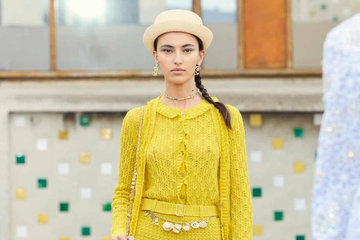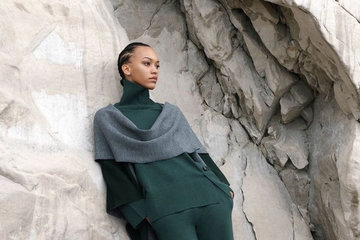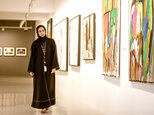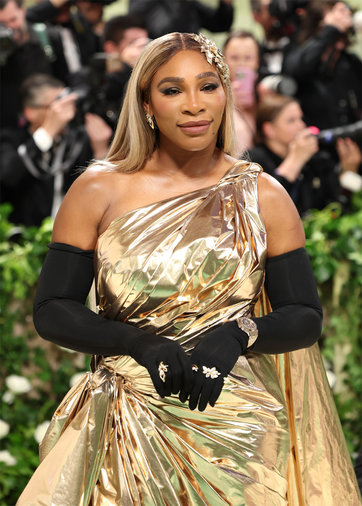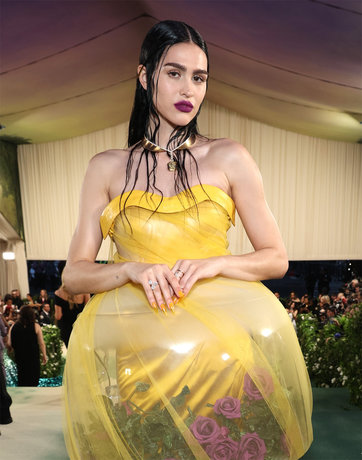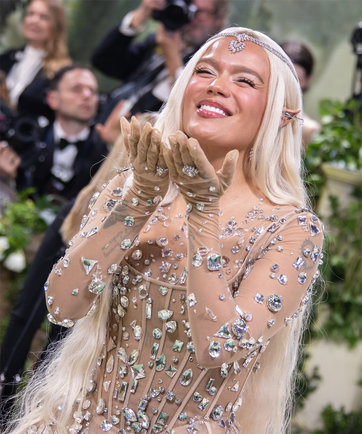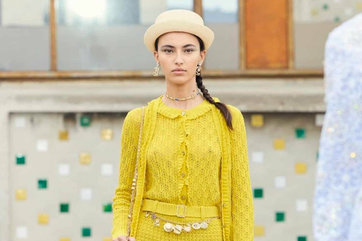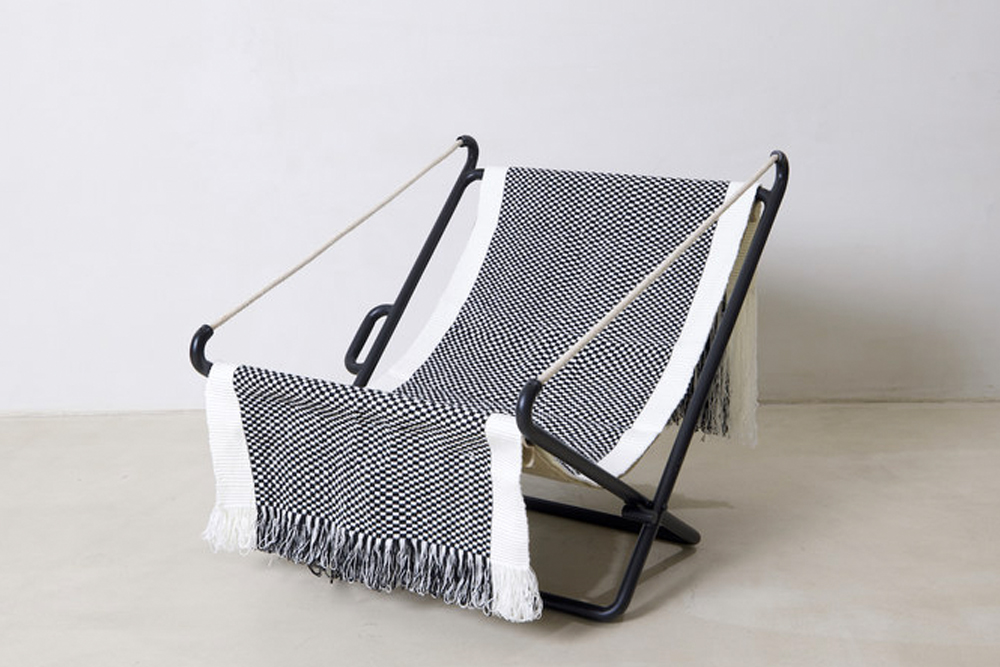
Deem Alhagbani, a co-founder of Shaddah Studio in Saudi Arabia, is talking about their winning entry for the AlUla Design Award, which was crafted in response to a challenge calling for retail products infused with the cultural essence of AlUla, drawing inspiration from its rich heritage, natural surroundings, and artistic heritage.
Alhagbani and Watfa Hamidaddin, the co-founders of Shaddah Studio, had been aware of the AlUla Design Award for some time and had the opportunity to visit AlUla earlier in the year. During their visit, they were inspired to conceive a product that could capture the essence of the place. When Arts AlUla contacted them, they had already envisioned a unique folding chair.
Their inspiration came from experiencing AlUla in person, observing its diverse textures, colors, geographical features, and the distinctive ambience that changed throughout the day and night. Being present in AlUla offered a unique feeling and energy that could not be replicated through photographs. Walking through the mountains and valleys or witnessing the starry night sky was a truly magical experience.
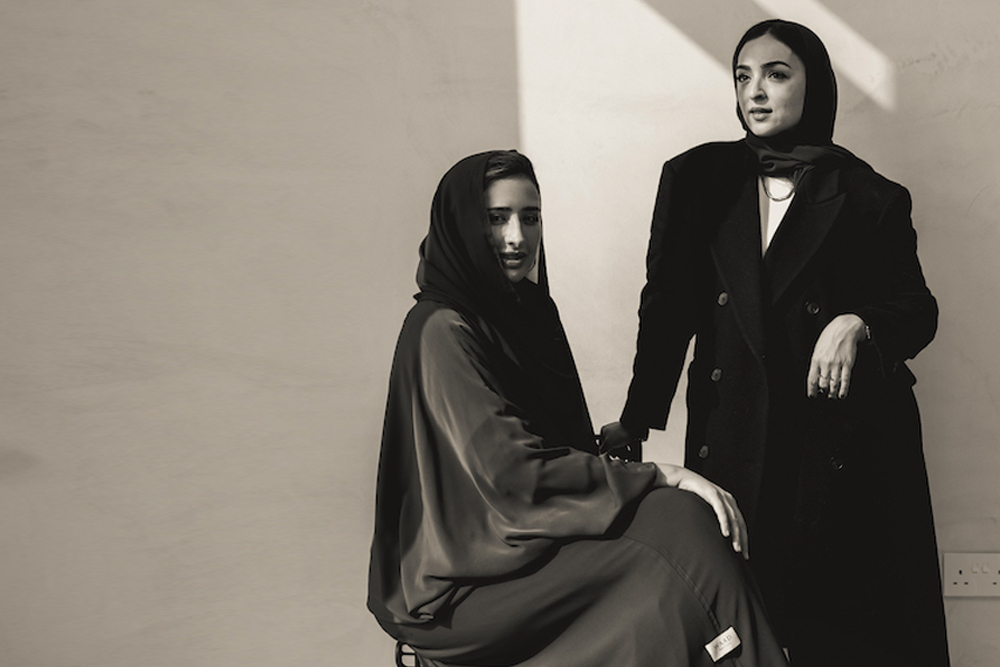
The result of their inspiration is the "Tawa," a combination of a chair and a rug. The chair is designed to fold, allowing it to be easily carried on excursions and unfolded into a rug, providing a space for meditation or prayer, connecting with the various textures of AlUla. It's not an everyday item but rather a luxury piece with elegant design and a hand-woven rug.
The chair has multiple layers of significance. It reflects AlUla's essence through its functionality, being both easily transportable and lightweight. The woven rug draws inspiration from traditional AlUla patterns, particularly the square designs from old AlUla houses. These traditional patterns were reimagined with a contemporary twist in black and white, appealing to the current generation.
The chair's structure is simple, but the intricacy lies in the weaving of the rug. It features two layers: a waterproof jute base for versatility and the handmade woven top layer, crafted by local artisans. This not only adds depth to the design but also represents a meaningful way of giving back to the community.

